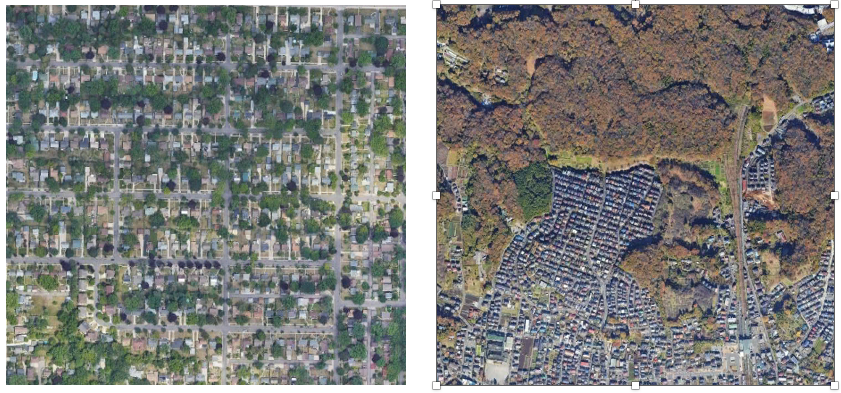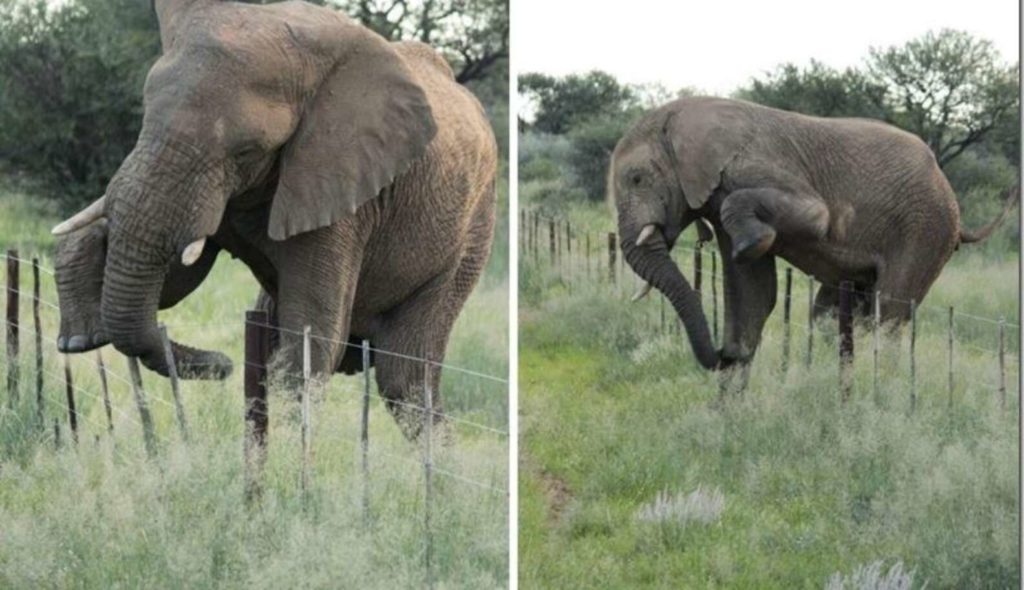Metacommunity dynamics, land-use strategies, and ecosystem services
Natural ecosystems are increasingly fragmented, with remaining patches separated by farmland, urban areas, roads, and other anthropogenic land uses. These changes have profound consequences for biodiversity, ecosystem services, and human wellbeing. Empirical research on land-use strategies—ways of dividing up land between natural and anthropogenic uses—suggests that conserving large patches of natural habitats will reduce the impact of land-use change (e.g. Balmford 2021 J Zoology), but has largely neglected the importance of spatial population dynamics. In contrast, spatially explicit modelling (e.g. Hanski & Ovaskainen 2003 Theoretical Population Biology) has not incorporated the need for productive landscapes to maintain a certain level of (e.g. food) production.
In this project you will combine these two approaches. You will combine models of land-use strategies and metapopulation/metacommunity approaches to investigate how we can best use land to balance the needs of humans and nature.

Aims
This project aims to understand how and when the inclusion of spatial dynamics alters conclusions about which land-use strategies best balance the needs of people and wild biodiversity.
To achieve this, you will:
- Adapt existing metapopulation and metacommunity models to account for the need for landscapes to support a certain level of human activity. For example, urban landscapes will be a mix of housing and green spaces such as gardens and parks. Increasing the area of large parks to benefit people and nature will mean that more people need to be housed in the remaining land, resulting in higher density housing and fewer small green spaces such as gardens (Fig 1).
- Parameterise these models using existing data on species responses to land-use change (e.g. Williams et al. 2017 Global Change Biology).
- Explore the non-equilibrium spatial dynamics of metacommunities over time in the face of landscape changes, taking account of the long lag-times in extinction debt and colonisation credits (e.g. Halley et al. 2016 Nature Comms).
- Depending on your interests you could investigate how land-use strategies and spatial dynamics affect species persistence, community structure, or the costs and benefits that people derive from landscapes. You could also explore how uncertainties in underlying data and parameters affect conclusions, and which data gaps are most important for researchers to address in the future

Training
The project offers a unique opportunity to develop interdisciplinary skills encompassing theoretical ecology, biodiversity conservation, and conservation economics, with specialist training in:
- Scientific programming for:
- Quantitative metapopulation and metacommunity modelling
- Spatially explicit land-use modelling
- Creating policy-relevant research and research outputs
- Planning and carrying out a cutting-edge research programme
David Williams has expertise in assessing and modelling the impacts of land-use strategies on biodiversity and ecosystem services. Chris Hassall is an interdisciplinary conservation biologist with expertise in spatial ecology, socio-ecology, and evolutionary biology. Robert Fletcher is a landscape ecologist and conservation biologist with expertise in (meta) population biology and spatial modelling. In addition to their expertise, you will have access to training workshops for technical and professional development skills, will present your research at international scientific conferences, and will benefit from expertise within the Schools of Earth and Environment and Biology, and from being a member of the Sustainability Research Institute and the Priestley International Centre for Climate—globally leading centres for sustainability and climate research.
Candidate description
Candidates should have a demonstrated interest in biodiversity conservation and ecology (essential), and a strong quantitative background (essential), with experience in ecological modelling and programming in R or Python (desirable). To be competitive for funding, candidates should have an excellent first degree and an MSc in a relevant subject, or similar experience.
We particularly seek candidates from non-traditional backgrounds. If you would like more information on the University of Leeds’ commitment to equality, diversity and inclusion, please contact David Williams.
Impact
This project will provide a rigorous theoretical and empirical understanding of how land-use strategies affect metacommunity dynamics and ecosystem services and disservices. This has important implications for both conservation and agricultural policies by identifying which land-use strategies and agricultural systems are most likely to maximise biodiversity persistence and human wellbeing in agroecosystems.
